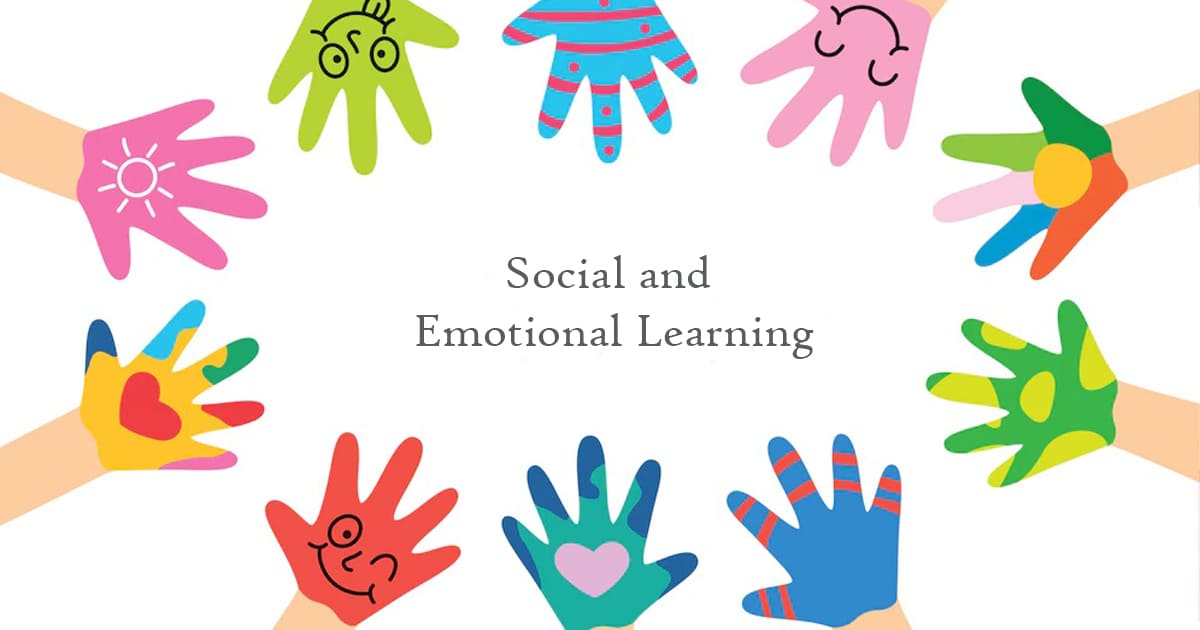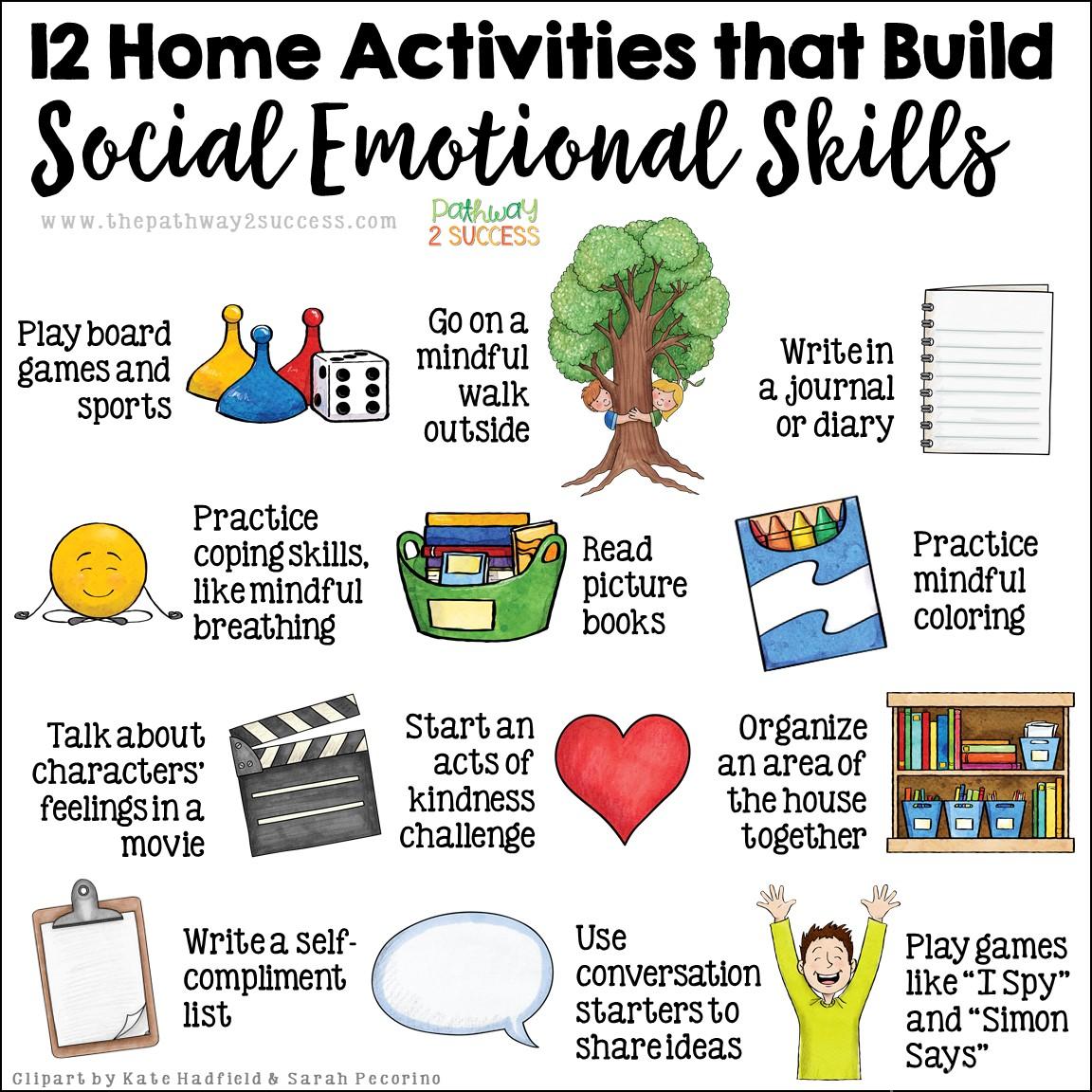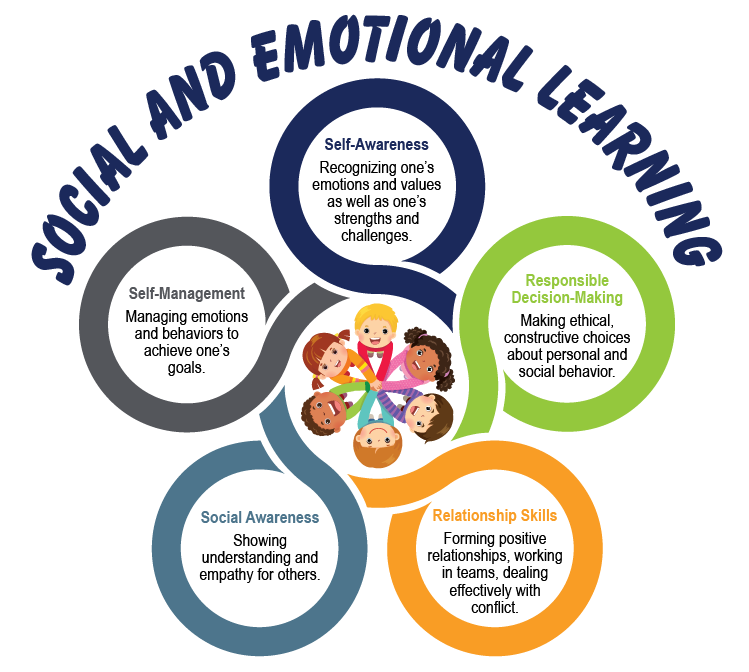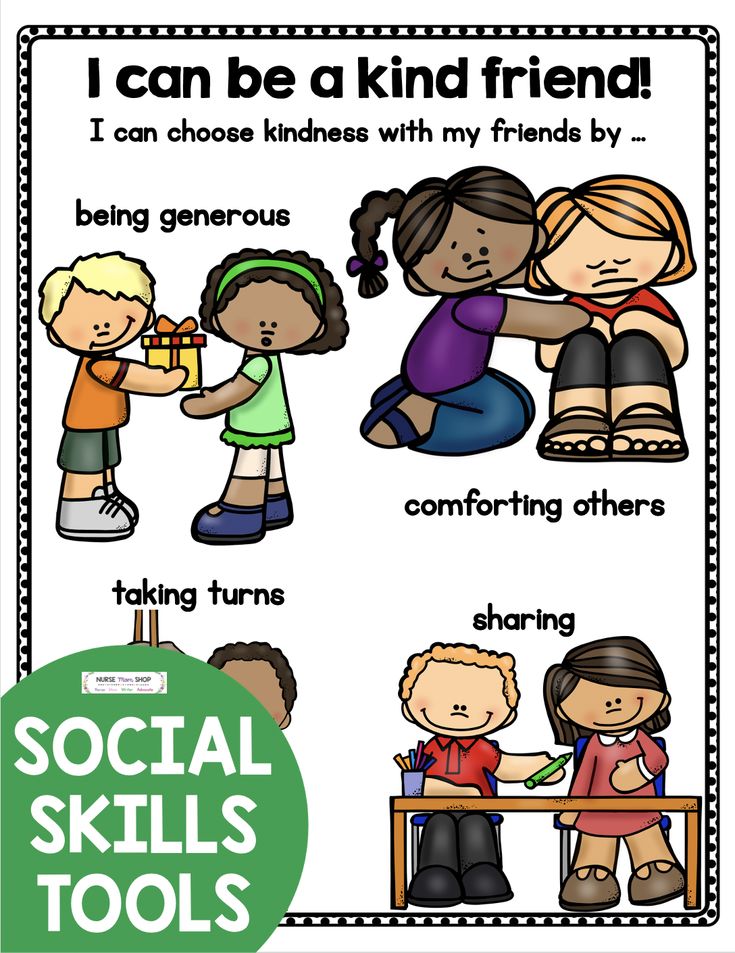Fostering Social and Emotional Learning in Schools
Introduction:
In the world of education, which is characterised by rapidity and high expectations, there is a growing acknowledgement of the significance of fostering student’s social and emotional development in addition to their academic skills. As a crucial part of today’s education, social and emotional learning (SEL) equips students with the knowledge and abilities they need to overcome obstacles in life, form wholesome relationships, and succeed in and out of the classroom. This article examines the value of social emotional learning (SEL) in the classroom, its essential elements, and the advantages it provides for learners, teachers, and society at large.
Understanding Social and Emotional Learning:
The acronym “SEL ” stands for social and emotional learning. Social and Emotional Learning is the process of developing, acquiring, and using the knowledge, attitudes, and skills necessary to comprehend and manage emotions, achieve positive goals, manifest and express empathy for others, establish and maintain positive relationships, feeling, and express oneself. SEL derives from emotional intelligences and virtues, but it is not exclusively gender-neutral but also aimed entirely at their live skills. It also acknowledges the importance of emotionally intelligent ability to accomplish their goals.Through SEL instruction, schools enable students to develop into emotionally intelligent people who are resilient and self-assured in navigating the social dynamics of the world.
The Five Core Competencies of SEL:
The Collaborative for Academic, Social, and Emotional Learning (CASEL) lists the following five Core Competencies of SEL:
Self-Awareness: Recognizing and understanding one’s own emotions, thoughts, and values is known as Self Awareness.
Self-Management: Regulating emotions, managing stress, and setting and working towards personal and academic goals comes under Self- Management.
Social Awareness: Understanding and empathizing with others, appreciating diversity, and demonstrating empathy and compassion is Social Awareness.
Relationship Skills: Communicating effectively, cooperating with others, resolving conflicts constructively, and building and maintaining healthy relationships.
Responsible Decision-Making: Making ethical, constructive choices about personal and social behavior based on consideration of ethical standards, safety concerns, social norms, and the well-being of self and others.
Implementing SEL in Schools:
The effective implementation of SEL in schools requires the integration of SEL into the curriculum, classroom teaching, school policies, and culture. It can be accomplished through direct instructional content, learning through cooperation, restorative practices, and the fostering of an accepting and nondiscriminatory school climate. Educators are instrumental in developing SEL expertise, providing students the chance to practice and reflect on what they have learned, and establishing an environment where all children are valued and respected. Schools can only be successful if they work with families, community agencies, and professionals to implement systems change that is broad, big, and lasting.
Benefits of SEL for Educators:
SEL not only benefits students but also educators. By fostering a positive school climate and supportive relationships among staff, SEL contributes to greater job satisfaction, increased teacher morale, and reduced burnout. Increased management in some classroom environments, improved teacher capacity to discover information to fulfill their own and others’ social and emotional demands, capacity to work as a group with parents and fellow teachers, and overall student fare often benefits other teachers frequently. Furthermore, teachers learn and benefit from SEL.
Benefits of SEL for Society:
Apart from the individual and institutional benefits, SEL has wider social implications. First, it empowers students with the necessary skills and competencies to communicate in a complex modern world where cultural and social diversity are encouraged . Therefore, it promotes empathy, respect, and understanding among diverse communities. Second, cultivating social responsibility and ethical decision-making, it facilitates the development of social activism changing the world for the better . In other words, its results are involved citizens who believe in justice, equality, and fairness for all. It allows social activism upgrade and change the world for the better.
Challenges and Considerations:
The challenges and considerations include the following: scarcity of time and resources, resistance to change, the necessity of professional development, and most importantly, another area is that cultural and contextual consideration should also be considered in developing and implementing programs. Students and communities are different with varying needs; thus, SEL initiatives must be tailored to be more relevant, inclusive, and responsive. Finally, the SEL program necessarily spreads on the whole school. It means that the entire team of administrators including teachers, parents, and community members should work together as a team to start implementing such an initiative. Therefore, if all these challenges and consideration are done well, the school environment will be supportive of students.
Conclusion
In conclusion, Social and Emotional Learning is critical to helping students, educators, and society in general develop holistically. Building self-awareness, self-regulation, and self-respect, social thesis, relationship abilities, and wise decision-making through SEL provides people with the necessary abilities and competency to succeed academically, socially, and emotionally. As schools acknowledge the significance of educating the entire student, SEL is increasingly integrated into education, enabling students to thrive in a fast-paced environment and offer positively to their surroundings and more. When schools focus on social and emotional education, we can achieve a bright As the day when each student has an opportunity to reach their full potential and a fulfilling, meaningful life.
References:
Collaborative for Academic, Social, and Emotional Learning (CASEL). (n.d.). What is SEL? Retrieved from https://casel.org/what-is-sel/
Greenberg, M. T., Weissberg, R. P., O’Brien, M. U., Zins, J. E., Fredericks, L., Resnik, H., & Elias, M. J. (2003). Enhancing school-based prevention and youth development through coordinated social, emotional, and academic learning. American Psychologist, 58(6-7), 466-474.
Biographical Resources:
Collaborative for Academic, Social, and Emotional Learning (CASEL). (n.d.). About CASEL. Retrieved from https://casel.org/about-us/
Greenberg, M. T. (n.d.). Mark T. Greenberg. Retrieved from https://www.hhd.psu.edu/directory/profile/mark-greenberg
























